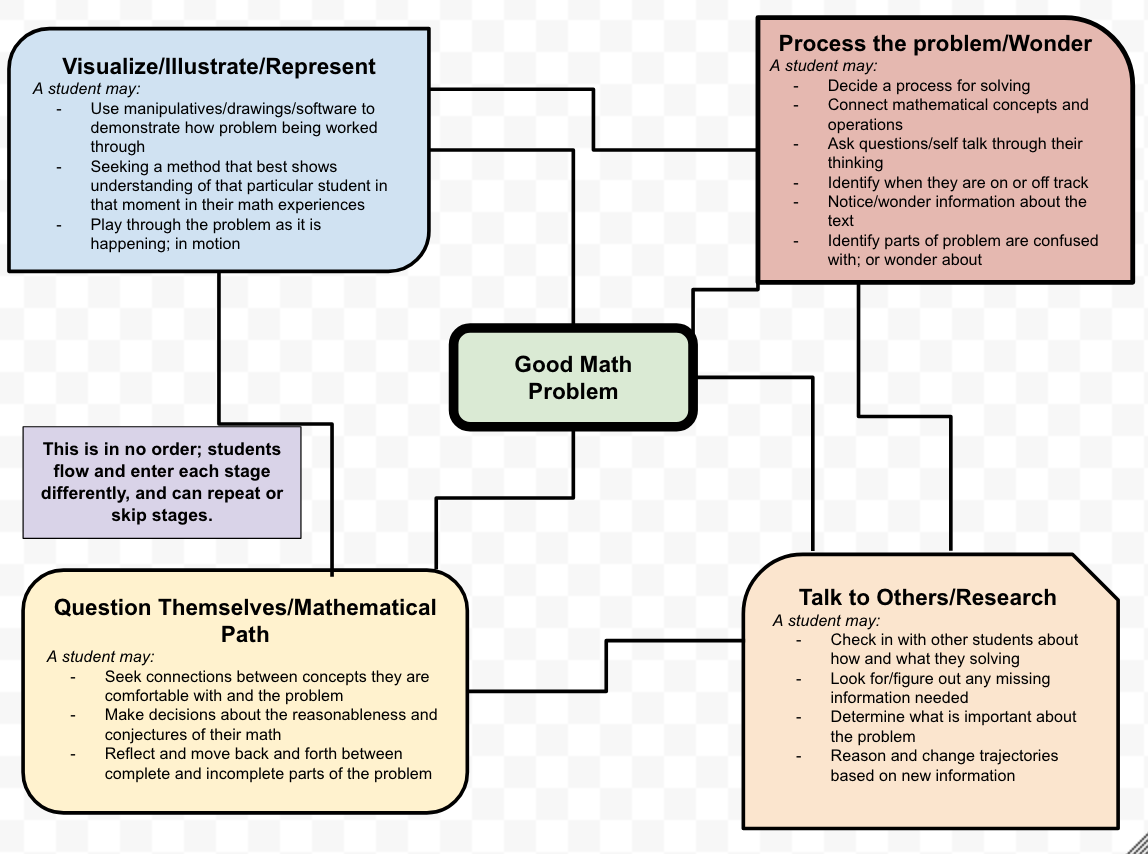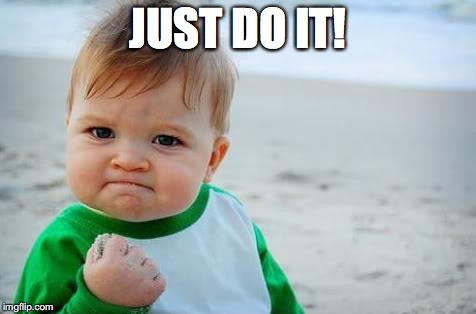It’s about that time of year when teachers are making decisions, whether real or imagined, about how they want their classroom to feel. I say feel because I think that we underestimate how our students will feel walking in. There is such nervous excitement, that to be honest, I think many kids forget their first day. I cannot really remember any single ‘first day’ of school.
What I do remember is how the first few weeks set the tone. I remember the moment I could feel comfortable, or I got a sense of the teacher’s expectations, and what the year was going to be about. Super organized and structured, more relaxed and flexible — once I figured this out, I could navigate my way through the classroom.
Sure, the first day brought on way too hot ‘fall’ clothes, a new hair cut, and clean sneakers – but it’s the following few weeks that I tasted my classroom.
That’s right: A very visceral experience that one could taste. For me, it was a mix of chalk dust, someone’s wilting lunch, and polished floors. Whatever flavour or recipe was set out in the beginning generally told me how the rest of the year would follow out.
Strangely enough, I found when we had our first math lesson that I really got a sense of what was going to happen — was this teacher patient and valued thinking, or wanted a right answer now? Willing to listen, or plow through?
Now as a teacher, I know better. We know better. We know to give students voice – listen and respond to their learning needs. So what are some ways to make our mathematics classroom the ‘it’ place to be – which, in turn, will set the tone for the rest of the school year (being an elementary teacher, I teach it all)?
As Sam Shah prompted the Twitter world — How can we create a classroom with some mathematical flavour?, I decided I could talk about few things that have added to the spice of mathematics.
Of course, these are just some suggestions that I have personally used and found open the doors to students engaging with mathematics. There is so much out there – so explore and find out what works for your curriculum and your students.
Children’s Rights to Mathematics:
Before we talk about specific mathematical ways we can create the flavour of our room, we have to decide what we want students to feel, do, and think about mathematics.
This tweet was posted, and it got me thinking. Rather than decide on ‘rules’ for the math classroom, I thought about how we could decide on what students need in order to flourish in mathematics. I started a conversation with Matthew Oldridge, and between us, here is what I think, overall, you should consider when starting your math classroom, or, the student’s right to mathematics:
- Let students work/struggle on interesting math problems
- Math is action – make sure math is being done and investigated
- Encourage talk in mathematics – it should be loud
- Play with math concepts
- Go slow
- Process and reflect while doing the math
and, as the teacher, listen more.
Perhaps rather than thinking in terms of what you want students to finish with, consider the experience with math you want to give them.
Sure, the final meal is rewarding, but the dinner company, conversation, atmosphere, and anticipation of the meal is what you walk away with.

Do and Play with Math Right Away:
Remember Nike’s “Just Do It” slogan? Sure you do. 
Just jump in and start with math. Make it fun and playful.
How?
- Do an interesting math problem: Matthew Oldridge has a great post here of problems that are engaging, fun, and interesting to solve. Start with one of these, and let students play.
- Create a math play table: Below are a few photos of mine. Read more about this in Sarah VanDerWerf‘s Blog about math play tables. I purchased Trianglemancsd‘s tiling turtles and spiralling pentagons to make my play table amazing. My students loved it.
3. Do Dot Number Talks: These are fun, non-threatening, and get kids talking about math. Check out my blog post here. They encourage and validate all ideas, force processing and thinking time, and facilitate talk between students. This can start your conversation about prompts to continue math conversations.
4. Estimate: Estimating is fun, especially with a website like estimate 180, and again, this starts the math conversation flowing, and justification happening. See more of how I got my kids engaged (human number lines) and up and active around estimation here.
5. Play Sarah VanDerWerf’s 100 Game: Can you tell I am a fan of Ms. VanDerWerf? This game worked exactly as her blog said — this got my kids yelling, working, and defining what collaboration in our classroom means. Here are photos of my students engaged, on the first day, in this task.
Sarah also has a first day blog post with lots of ideas — check it here.
Making Math More Visual:
Awhile ago, I blogged about how my daughter ‘wrote’ in the sky with her finger to help her fall asleep. I noticed that we could follow each other’s ideas and thinking by placing our mental ideas in the air.
We need to embrace, and help students embrace, that math is visual. It is something that can be imagined and experimented with. I love the ideas that these prompts below create situations where students are forced to see math in their mind’s eye. Tracy Johnston Zager brought forth some exciting work from Christof Weber — I am so eager to read more of Mathematical Imagining! How are you seeing this brought to life in your classrooms?

At the beginning of the year, if we give students opportunities to flex their mathematical imagination, then we are demonstrating how math is a human endeavour – creative and dynamic.
So, as you think, plan, and consider your new year with new students — make math human again. Take into consideration student backgrounds, experiences with and knowledge of mathematics. Let them dive in and talk about the math. Be the guide of wonder and curiosity. Above all: Have fun with the math curriculum you are using, and enjoy learning math with your students. You may want to read Sunil Singh‘s post about this.
So, let your students be chefs with math this year. Sure, your end goal is a good meal, but let them add too much child powder and have the experience of figuring out how to fix it, let them make a mess. Math is complex and messy, too.













Leave a comment